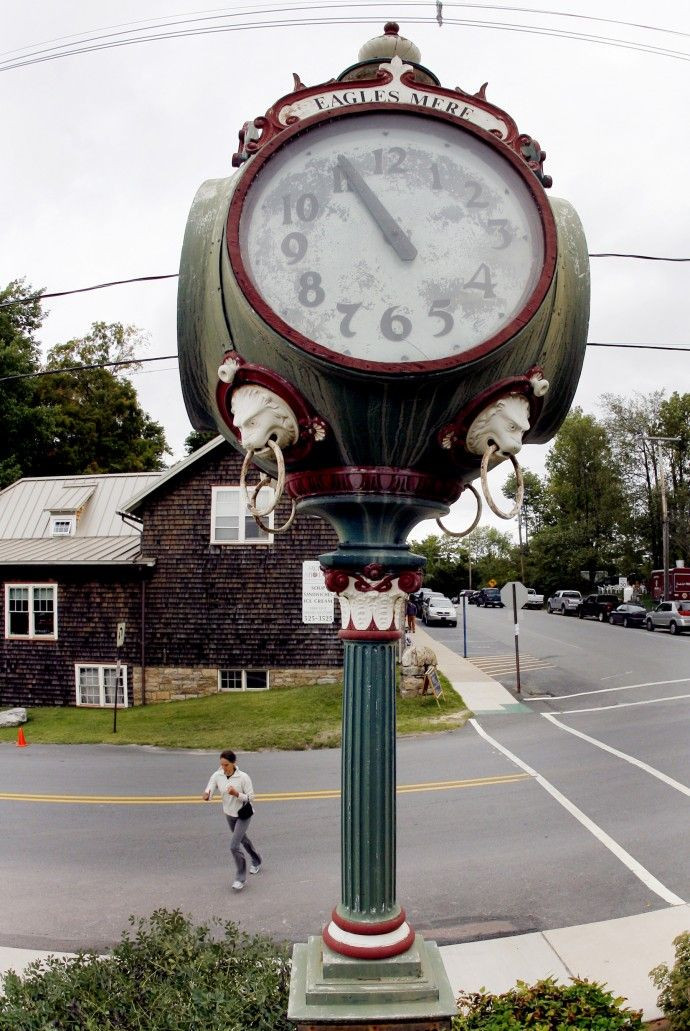Daylight Saving Time Ends Nov. 6 in U.S.: Is it Healthy or Harmful?

For some countries around the world, it's time to turn the clocks back, marking the end of the Daylight Saving Time. But for the U.S. and Canada, there is yet another week to go.
In the United States, the Energy Policy Act of 2005 says Daylight Saving Time begins at 2 a.m. in each time zone on the second Sunday of March and ends on the first Sunday of November at 2 a.m. This year, Daylight Saving Time officially ends at 2 a.m. Nov. 6.
The federal government does not compel every U.S. state or territory to observe daylight saving time. Those states and areas that don't observe DST include much of Arizona, Hawaii, Puerto Rico and the Virgin Islands.
The practice allows for more light during the evening hours and less in the morning hours. It was originally introduced to make the most of the weakened winter sun.
The practice of DST has been criticized and reported to cause problems for farming and other occupations tied to the sun. What about its impact on human health? Is it healthy or harmful?
Environmental economist Hendrik Wolff of the University of Washington and his colleagues are currently testing an old claim by advocates of daylight savings, who have said that whether the practice contributes to energy savings or not, it does boost health by encouraging active lifestyles.
In a nationwide American time-use study, we're clearly seeing that, at the time of Daylight Saving Time extension in the spring, television watching is substantially reduced and outdoor behaviors like jogging, walking, or going to the park are substantially increased, National Geographic News quoted Wolff as saying. That's remarkable, because of course the total amount of daylight in a given day is the same.
Till Roenneberg, a chronobiologist at Ludwig-Maximilians University in Munich, Germany, has opposed this theory. According to him, the human body has a circadian clock, which is set by light and darkness, and it never adjusts to gaining an extra hour of sunlight to the end of the day during daylight saving time.
The consequence of that is that the majority of the population has drastically decreased productivity, decreased quality of life, increasing susceptibility to illness, and is just plain tired, Roenneberg said.
He said that many people in the developed world are chronically overtired, because they suffer from social jet lag, meaning their best possible circadian sleep periods are out of whack with their actual sleep schedules. This lag increases because of shifting daylight from morning to evening, National Geographic News reported.
Other research that points toward even more serious health issues.
A study published in the New England Journal of Medicine in 2008 suggested that during the days just after the spring time change in Sweden, heart attack risks increase. The transitions involved in Daylight Saving Time can interrupt chronobiologic rhythms and influence the duration and quality of sleep, and the effect lasts for several days after the shifts, said lead author Imre Janszky of the Karolinska Institute's Department of Public Health Sciences in Stockholm.
MUST READ : Daylight Saving Time: 5 Apps to Help You Prepare for a Long Winter's Snooze
MUST READ: Happy Halloween: Google Pumpkin Doodle Showcases Huge Jack-O-Lanterns [VIDEO]
MUST READ: Amazing Halloween Style Magic with an iPad [VIDEO]
© Copyright IBTimes 2024. All rights reserved.






















